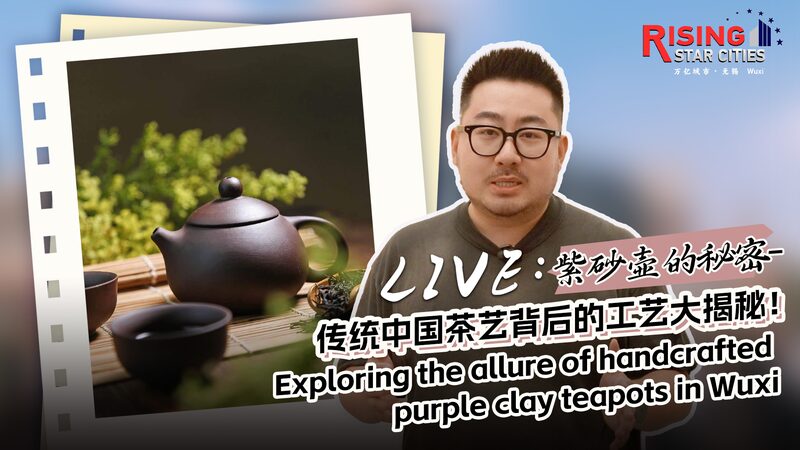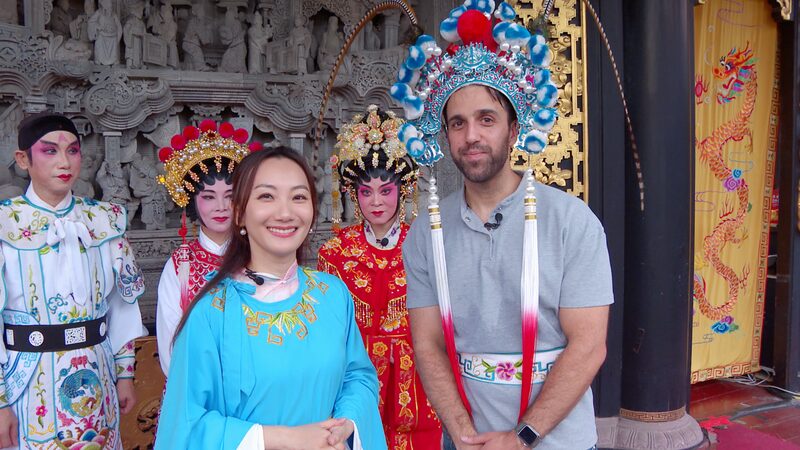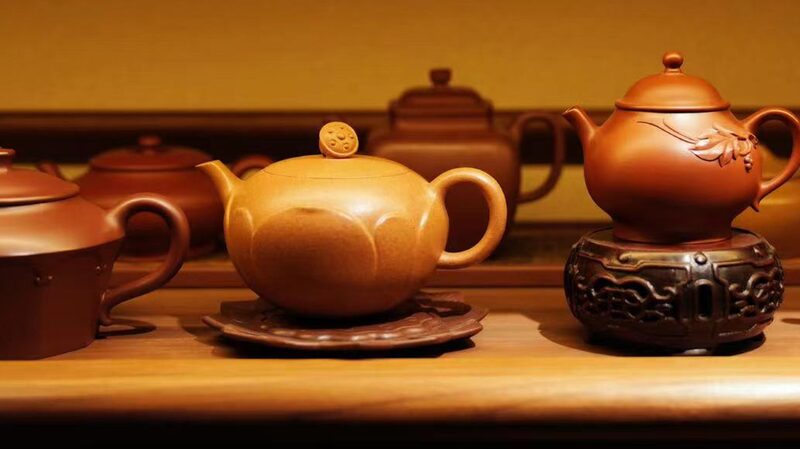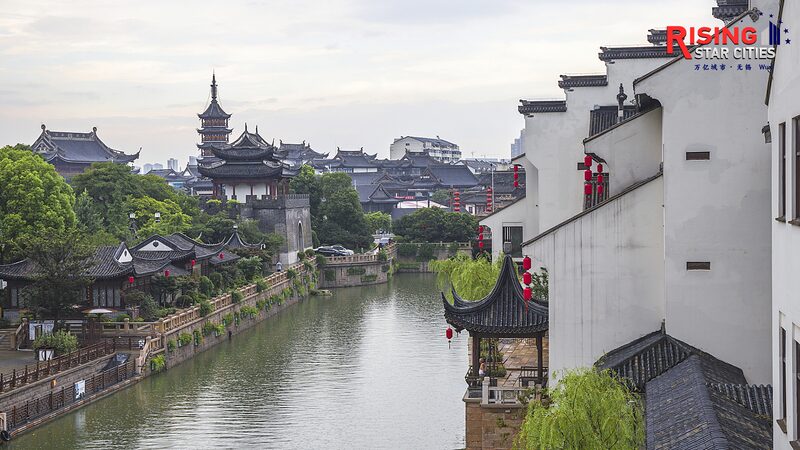Nestled in the county-level city of Yixing in Wuxi, east China’s Jiangsu Province, lies a tradition that dates back centuries—the creation of the renowned purple clay (zisha) teapots. Originating during the Song Dynasty (960-1279) and flourishing through the Ming Dynasty (1368-1644) and Qing Dynasty (1644-1911), Yixing’s purple clay pottery is a testament to China’s rich ceramic heritage.
Yixing boasts abundant deposits of zisha, a unique purple clay that has been the backbone of its ceramic artistry. These handcrafted teapots are not just utensils but works of art, each telling a story of meticulous craftsmanship passed down through generations.
The creation of a purple clay teapot is an intricate process that can take up to a month for a single piece. Artisans begin by carefully cutting and flattening the clay, shaping it piece by piece. The lid is molded separately to ensure a perfect fit, and every detail is attended to with precision and care. This hands-on approach not only preserves traditional techniques but also imbues each teapot with individuality and character.
For those curious about this ancient craft, the allure lies not just in the aesthetic appeal of the teapots but also in understanding the dedication and skill required to produce them. The slow, deliberate process stands in stark contrast to modern mass production, highlighting the value of patience and artistry.
As interest in cultural heritage and traditional crafts grows globally, Yixing’s purple clay teapots continue to captivate enthusiasts and collectors alike. They serve as a bridge connecting the past and the present, offering a tangible link to China’s storied history in ceramics.
Reference(s):
Live: Exploring the allure of handcrafted purple clay teapots in Wuxi
cgtn.com








